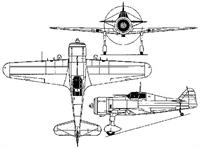
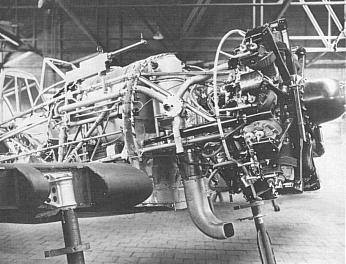

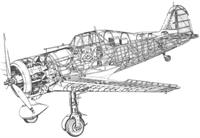
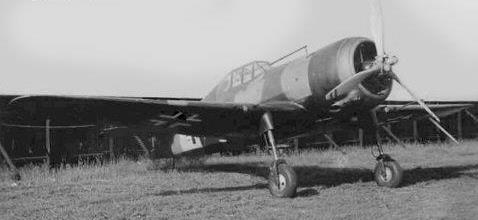
The Fokker D.XXI was a low-wing monoplane with a fixed spatted undercarriage. Following standard Fokker design practice of the period, it had a steel tube fuselage covered in large part by fabric, with wooden cantilever wings. Power was provided by a Bristol Mercury radial driving a three-blade two-pitch propeller. When it entered service in 1938 it was a significant leap forward for the Dutch Army Aviation Group, whose fighter force had until that time consisted of aging biplanes with open cockpits. The new Fokker proved to be an extremely sturdy aircraft capable of attaining a speed of 700 km/h in a dive.
Variants
D.XXIPrototype serial no FD-322D.XXI- 1Pattern aircraft supplied to Denmark, 2 built powered by 645 hp (481 kW) Bristol Mercury VIS engines. Armed with 2x 8 mm (0.315 in) machine guns and 2x 20 mm (0.787 in) Madsen cannon
D.XXI- 1 Production aircraft built at the Royal Army Aircraft Factory, 10 built powered by 830 hp (619 kW) Bristol Mercury VIII engines.
D.XXI- 2 53 Built, of which 36 were delivered to the RNLAF.
D.XXI- 3 Finnish license-built D.XXI-2s. Number built: 38
D.XXI-4 Upgraded D.XXI-3, powered by 825 hp (615 kW) Pratt & Whitney R-1535-SB4C-G Twin Wasp Junior engines. Number built: 50
D.XXI-5Upgraded D.XXI-4, powered by 920 hp (686 kW) Bristol Pegasus radial engines. Number built: 5
Project 150 Proposed version powered by a Bristol Hercules radial piston engine. Not built.
Project 151Proposed version powered by a Rolls-Royce Merlin piston engine. Not built.
Project 152Proposed version powered by a Daimler-Benz DB 600H engine. Not built
Luftwaffe operated an unknown number of captured Dutch aircraft. and a few Danish aircraft
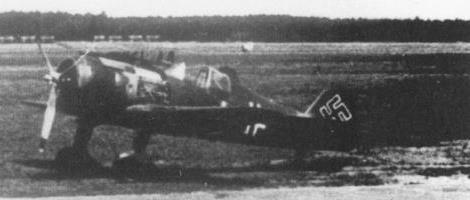
| Type |
Single seat fighter |
| Engine |
1 Bristol Mercury VIII |
| Dimensions |
Length 8,2 m, height 2,92 m, span 11,00 m, wing area 16,2 m2 |
| Weights |
Empty 1594 kg, loaded 1970 kg |
| Performance |
Max. speed 460 km/h, cruising speed 429 km/h, max. allowed speed 700 km/h, range 930 km, service ceiling 11350 m, time to 6000 m 7 min. 30 sec. |
| Armament |
4 7.7 mm Vickers machine guns |




